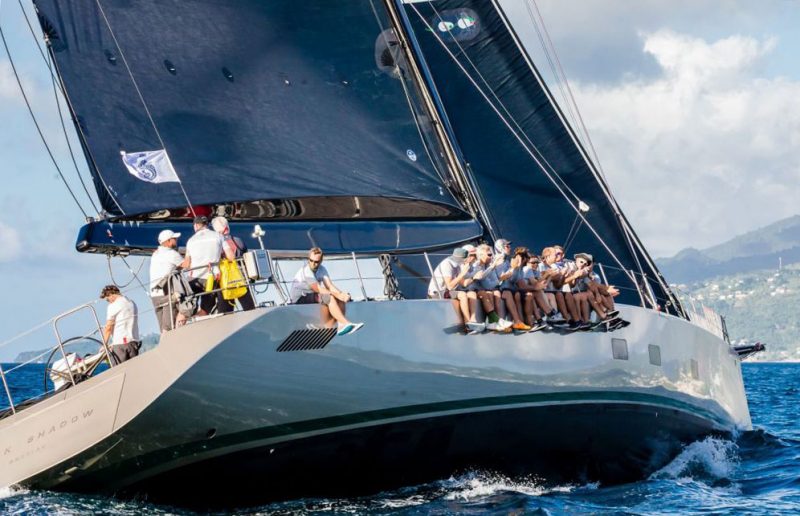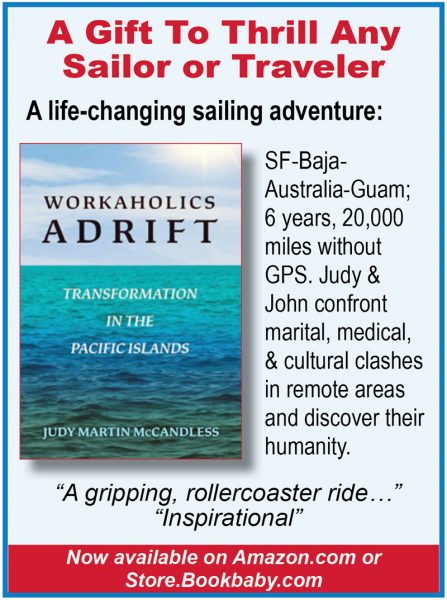
West Coast Engulfed in Rain and Wind
Be careful what you wish for.
After our praying — and in some cases begging — for rain in California this fall, the gods have answered. And they’re still answering. We’re writing this on Saturday, December 7, as powerful gusts and vertical rain bombard the Bay. “As of 5 p.m. Saturday, the National Weather Service reported San Francisco had seen a 24-hour rain total of 1.22 inches, and streets were flooded all over town,” SF Gate reported.

We’re not complaining, but we’re Californians. We’re spoiled, so when the weather’s not perfect, it can seem as if the heavens are angry. In San Diego, a light rain makes the news (and they always send a reporter in a parka to ‘cover’ it, which we should all agree is absurd). Here at Latitude, when the weather is crappy, we write a story about it.
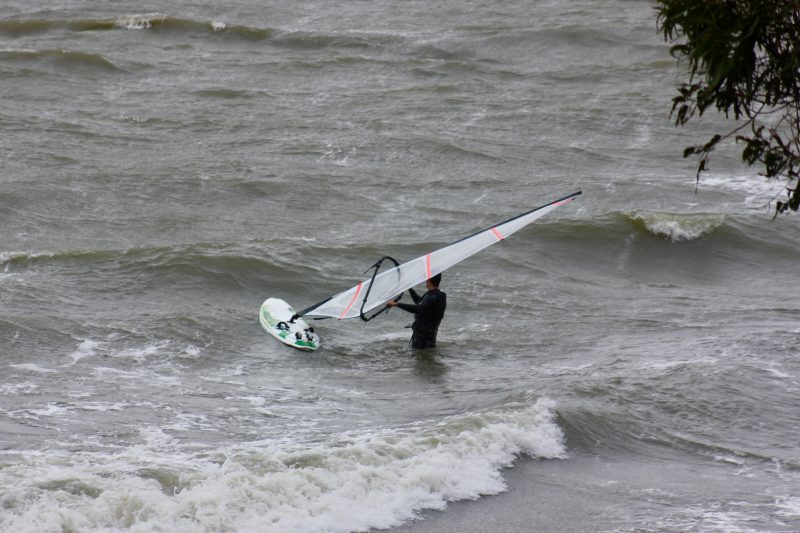
There were some serious, body-stopping, hang-on-to-your-hat gusts on Saturday. Shrapnel from eucalyptus trees littered the narrow road between the row of houses in San Quentin Village — where Latitude has a ‘satellite’ office — and the shoreline, where two windsurfers were on it. For a winter storm, it was remarkably warm — what we’ll call balmy by Northern California standards.
Winter is here, thank the heavens. But when the gods wish to punish us, they answer our prayers.
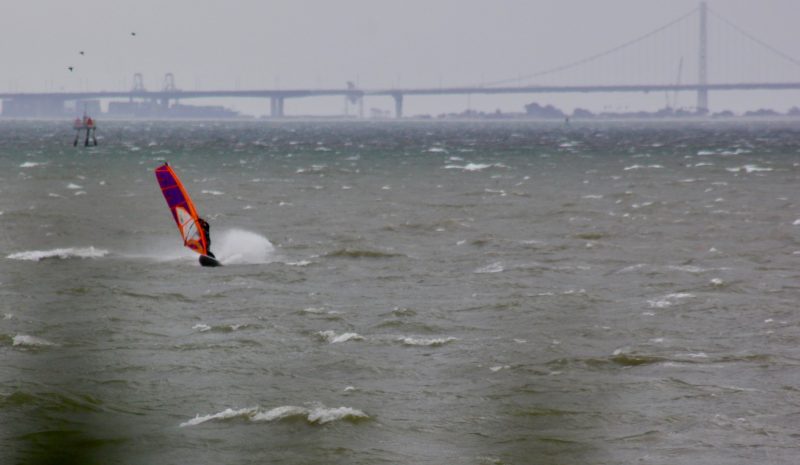
More Sailing License Plates from Around Latitude Nation
Latitude Nation — After our last round of License to Sail, we have gotten an avalanche of motor-bound, metal-plated nautical quips. Please keep them coming by sending them here, and enjoy this latest installment.
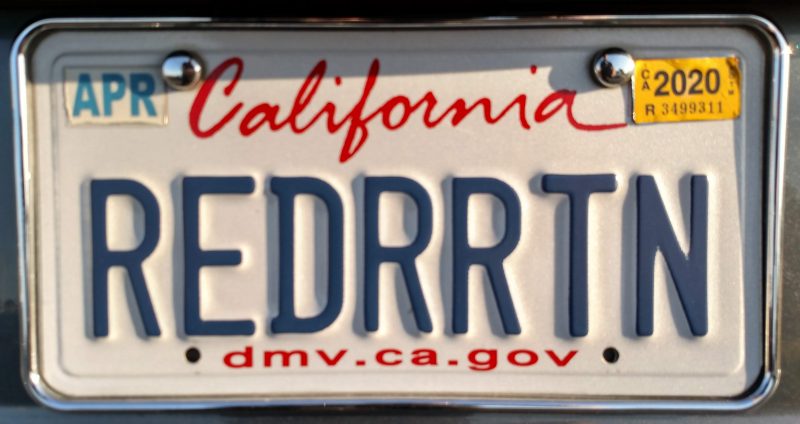
These aren’t necessarily sailing related, but certainly sail/surf-culture inspired. It appears that the Couvreux family pays homage to their boats on their license plates.

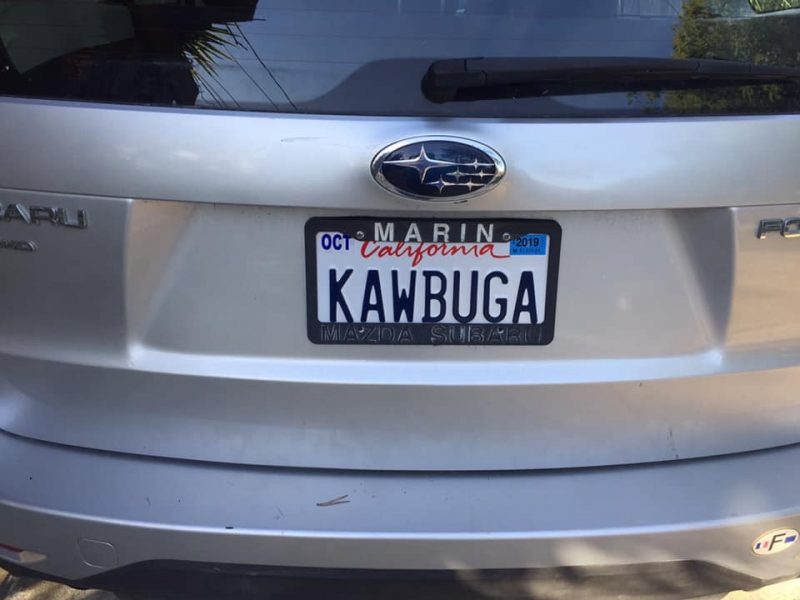
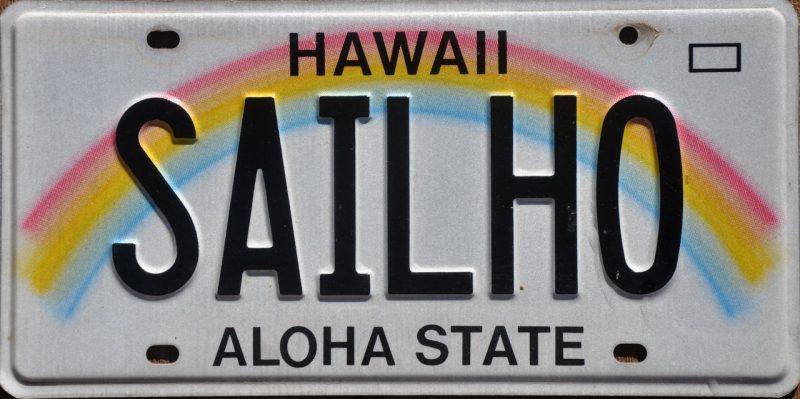
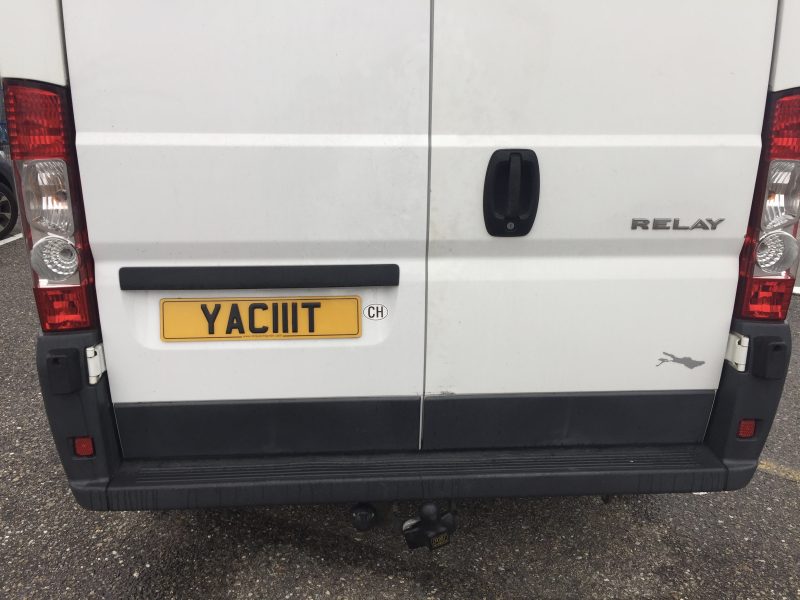
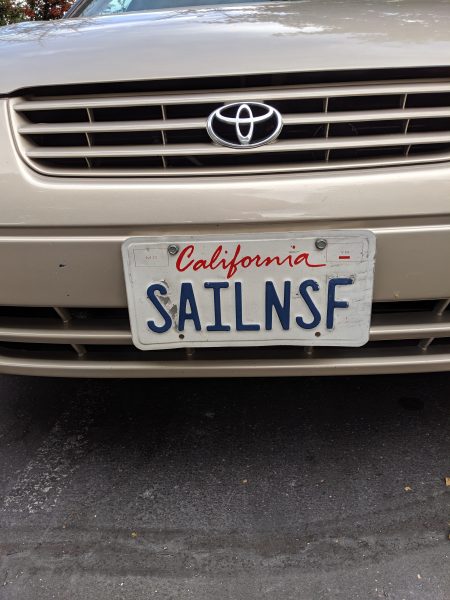
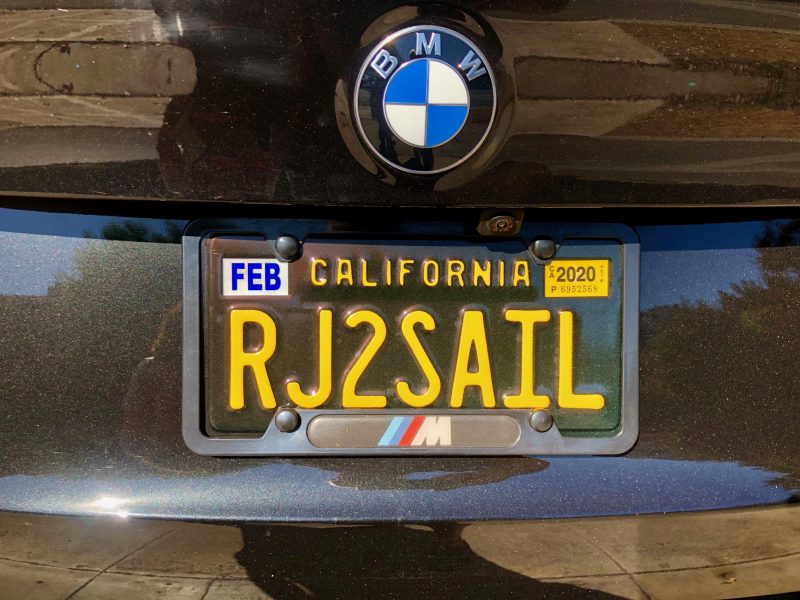
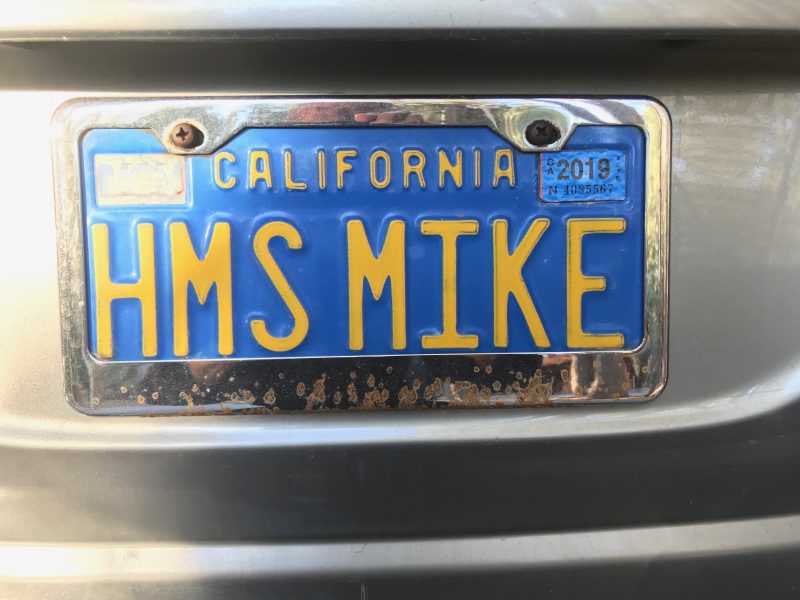
And finally . . . Has anyone ever yelled “Starboard!” while on the road?

Workaholics Adrift by Judy McCandless
Sprindrift’s Record Attempt Fizzles
Jules Verne Record
Less than 24 hours after crossing the starting line off Ushant, France, maxi-trimaran Spindrift 2 (formerly Banque Populaire V) — still the biggest and fastest offshore racing multihull the world has ever seen — had to abandon her fourth attempt at breaking the Trophée Jules Verne record for fastest outright circumnavigation of the globe. Having crossed the Bay of Biscay in relatively benign conditions well behind IDEC Sport’s record pace, the 40-meter VPLP-designed tri had just hooked into the strong following northerlies of the Portuguese trade winds when her new rudders again began to prove problematic, leaving the team unable to control the massive trimaran when exceeding 35 knots of boat speed.
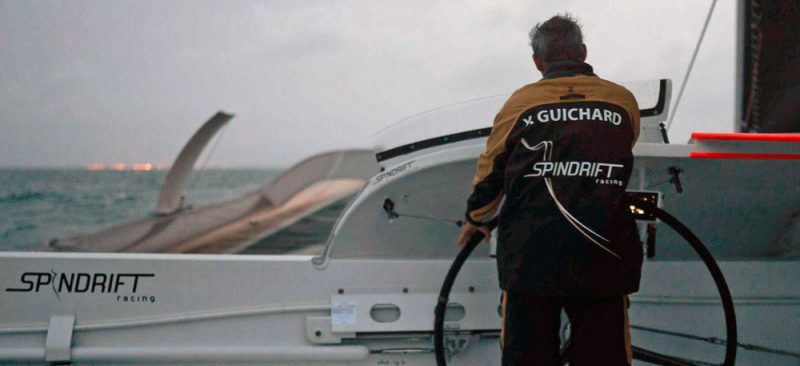
After abandoning their previous attempt at the Jules Verne with rudder failure in the Indian Ocean at the very beginning of 2019, the team opted to have two new-design rudders built and installed in an effort to increase the boat’s performance. The team relaunched the boat on September 16 this year and conducted sea trials that showed the new rudders to be problematic. They went back to their home port of La Trinité-sur-Mer to make some tweaks and adjustments to the boat and her new rudders. Apparently, however, the problem wasn’t quite fixed and began to rear its ugly head after the boat got fully wicked up for the first time during the record attempt.
As a boat that has been plagued by reliability problems in recent years and has begun to look a bit long in the tooth when compared to her newer, smaller, lighter, fully-foiling Ultim 32/23 class rivals, her record-breaking days may be over. With years of disappointing efforts that have yet to bear fruit, we can only imagine that the team’s financier Dona Bertarelli and her partner and skipper Yann Guichard have had to have some difficult conversations about how to best spend her seemingly unlimited share of the family fortune, and attempting more records on the 40-meter behemoth likely isn’t it.
RORC Transatlantic Race
Meanwhile, a few thousand miles across the Atlantic, the leaders have been arriving at the Caribbean island of Grenada after making the 2,900-mile crossing from Lanzarote in Spain’s Canary Islands in the RORC Transatlantic Race.
Taking line honors in the small five-boat fleet with an elapsed time of 11 days, 11 hours, 34 minutes was the Swedish-flagged Volvo 65 Childhood 1, skippered by Dutch Volvo Ocean Race and Whitbread legend Bouwe Bekking. Training a brand-new crew of young sailors who are hoping to sail in the next edition of The Ocean Race, the veteran skipper was all smiles after reaching the dock in Grenada. “This was an easy race weather-wise, so we have to see what those crew are like when it hits the fan, but I was pleasantly surprised with their performance,” said Bekking. “I have never been to Grenada before. You always wonder where you are going to end up. Port Louis Marina is just splendid. We have received a very warm welcome — thank you, Grenada!” he added.
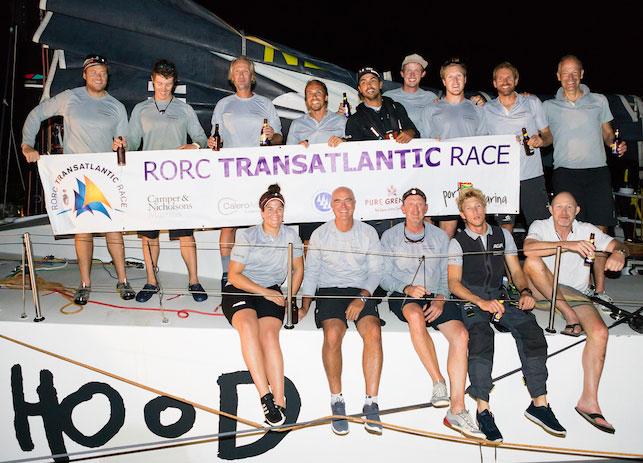
Nearly two days later, Andre Auberton-Herve’s French-flagged Wally 100 Dark Shadow sailed in to claim second on line honors, while Richard Palmer’s English-flagged JPK 10.10 Jangada is 240 miles out and looks to have a lock on winning the race overall on IRC.
